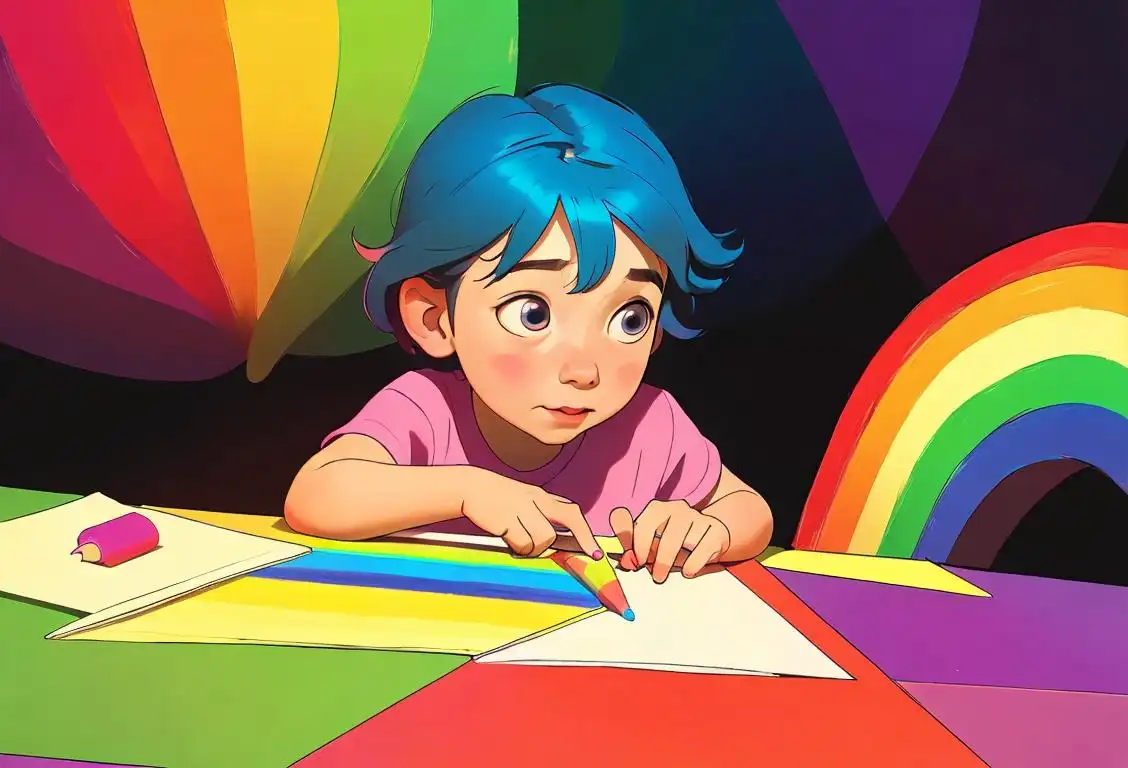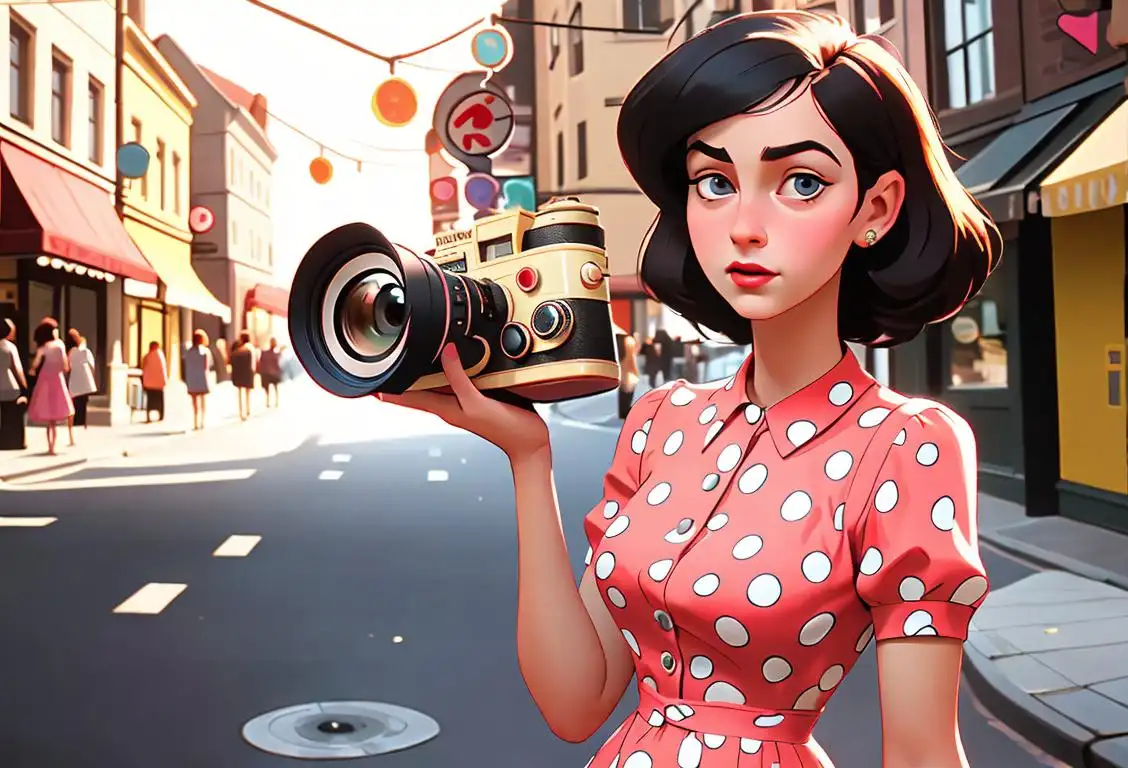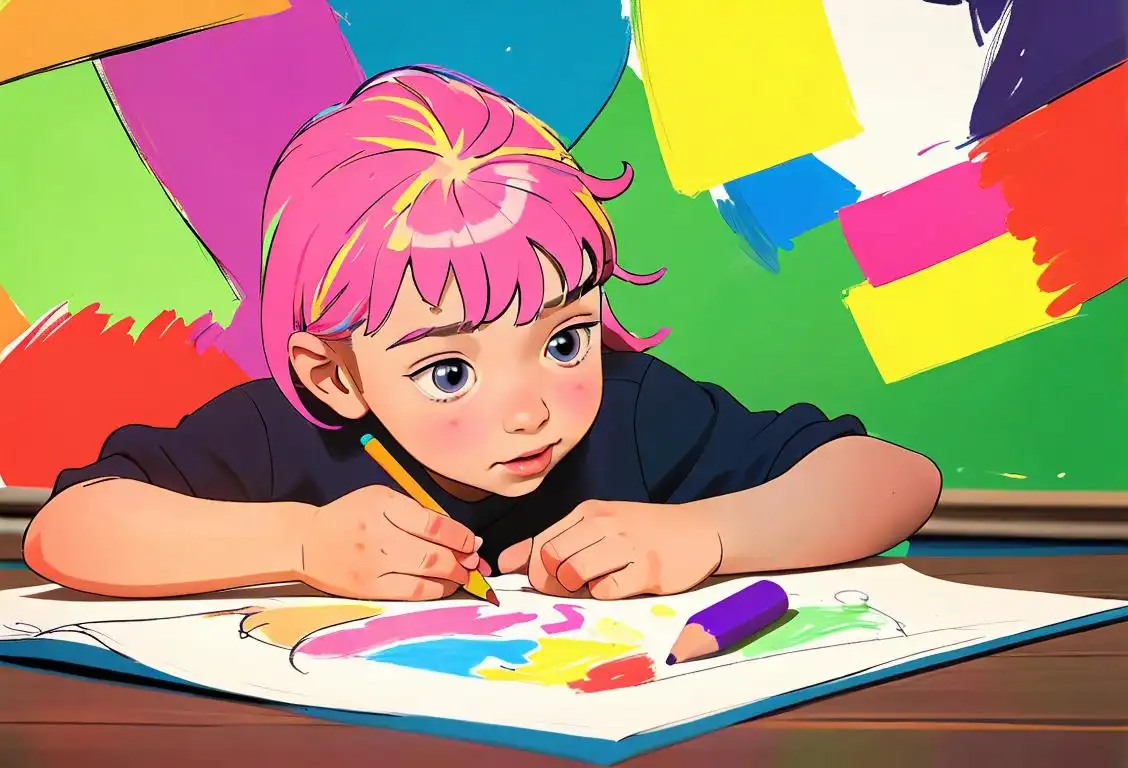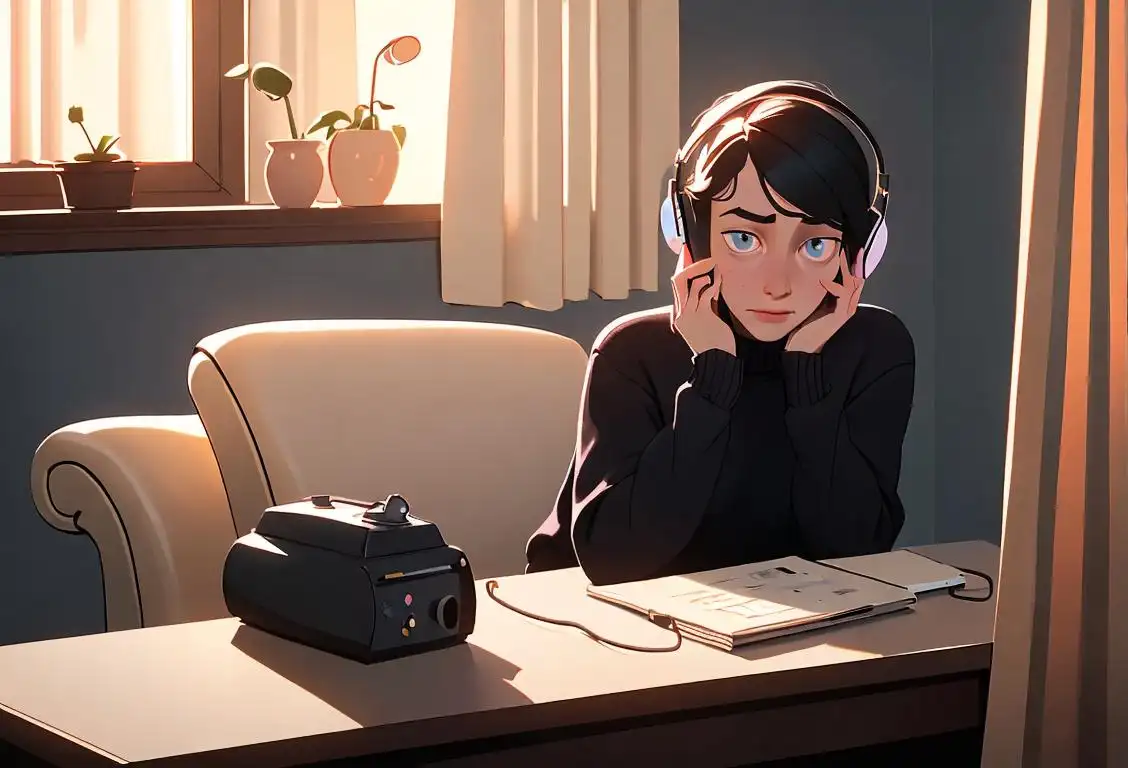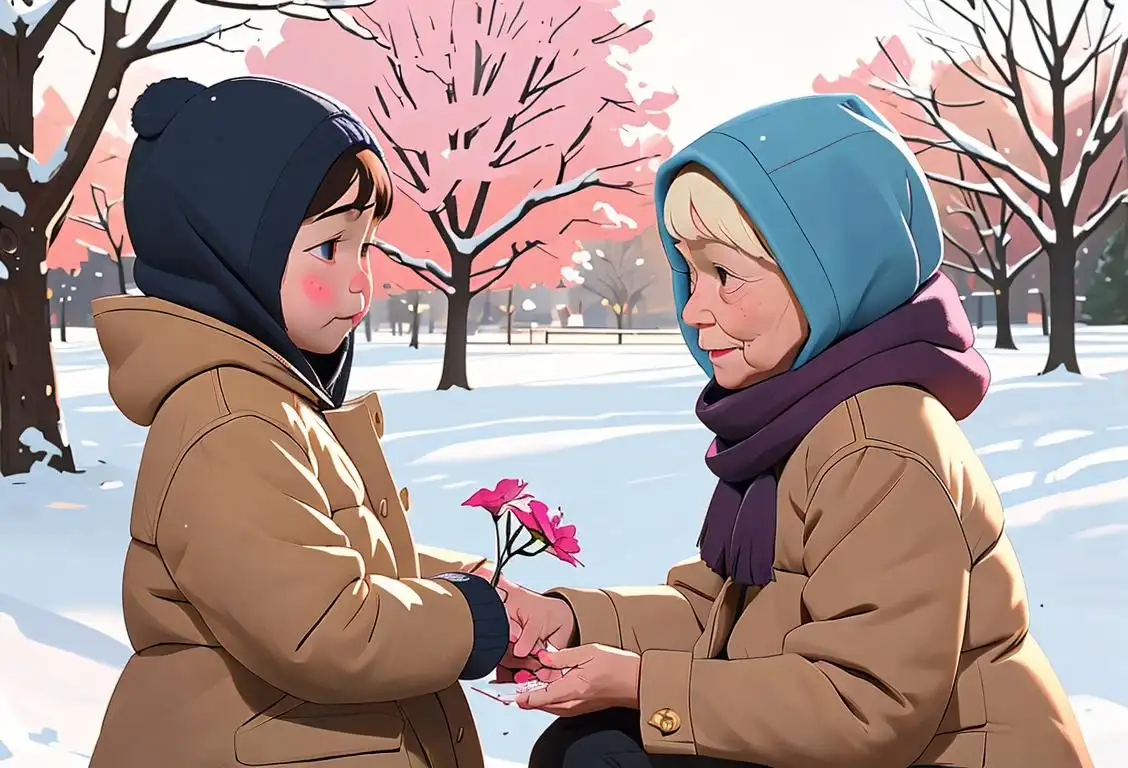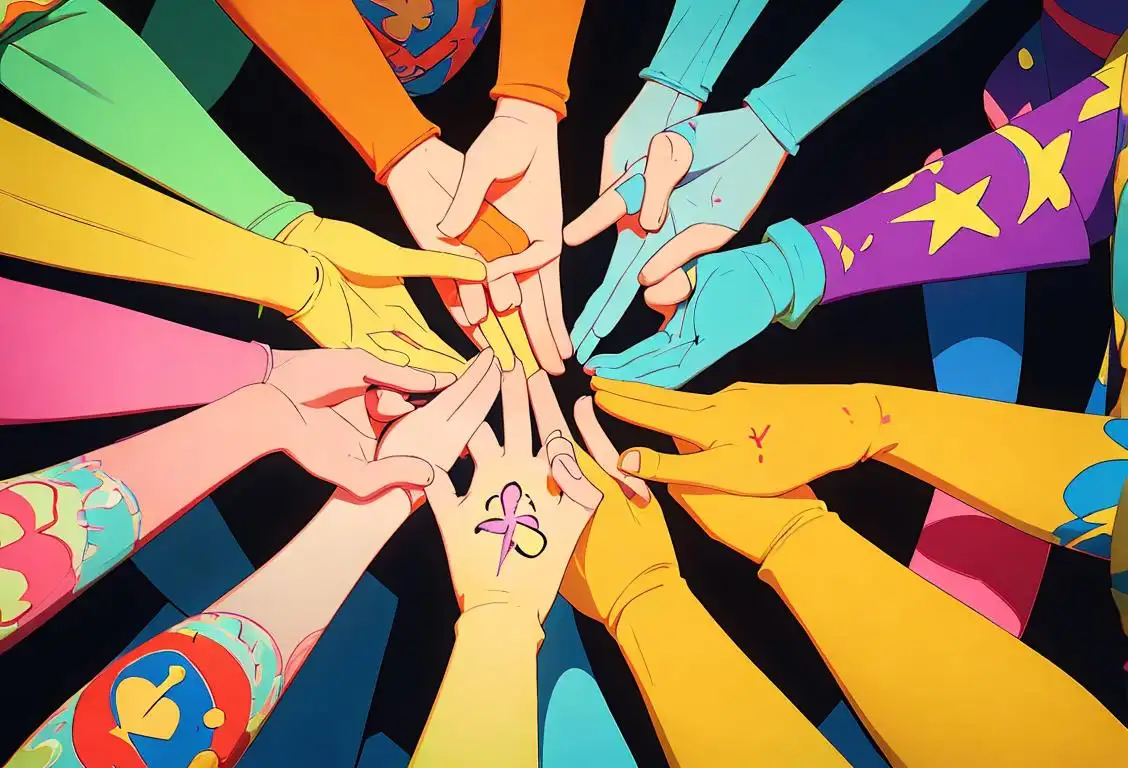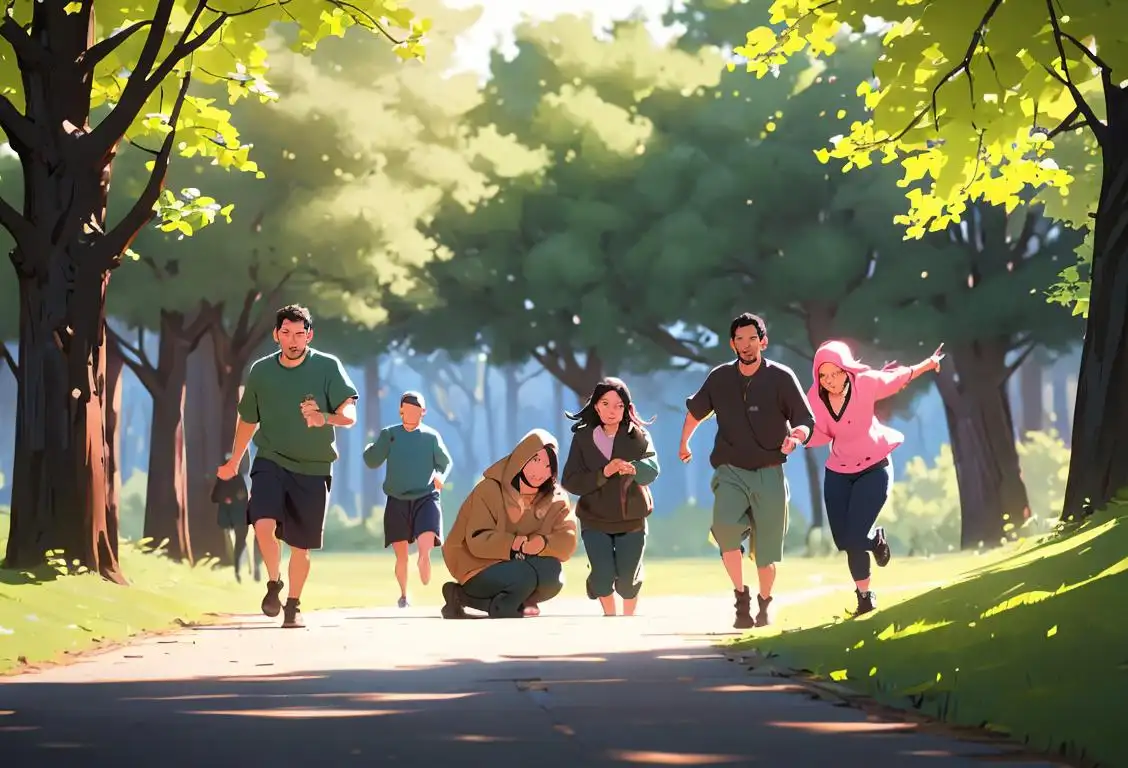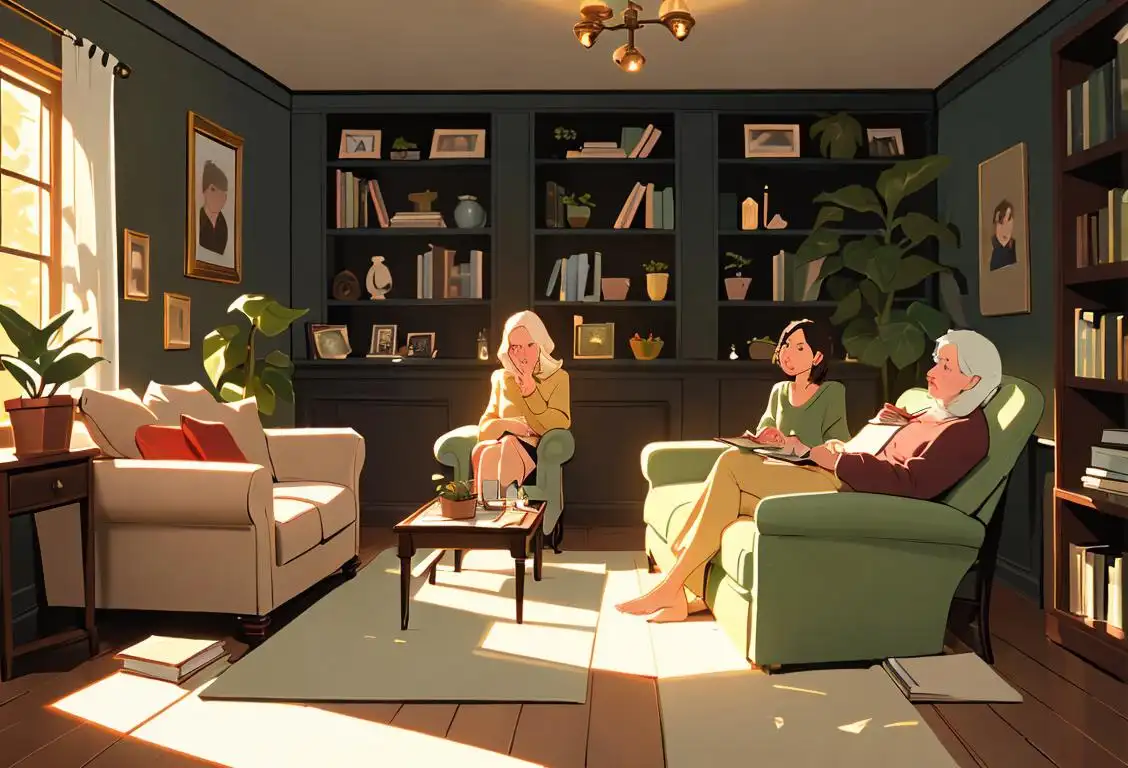National Art Therapy Awareness Day

Welcome to National Art Therapy Awareness Day! Get ready to unleash your creativity and explore the healing power of art. Whether you're an experienced artist or can barely draw a stick figure, art therapy offers a unique and therapeutic experience for everyone. In this article, we'll dive into the history of this special day, its significance, and how you can get involved.
When is Art Therapy Awareness Day?
It's national art therapy awareness day on the 23rd March.
The Origins of National Art Therapy Awareness Day
Unlike Picasso's painting process, the origins of National Art Therapy Awareness Day are not as abstract. This day was established to raise awareness about art therapy and its positive impact on mental health. It serves as a reminder that art has the power to heal, express emotions, and promote personal growth.
The first inklings of National Art Therapy Awareness Day can be traced back to online discussions amongst artists, therapists, and art enthusiasts. The official recognition of this day came later, with the aim of breaking down the misconceptions surrounding art therapy and highlighting its incredible benefits.
Why Celebrate National Art Therapy Awareness Day?
Art therapy is a unique form of therapy that combines creativity and psychology. Through various art mediums, individuals can express themselves, explore their emotions, and find solace in the process. It's not about creating masterpieces but rather using art as a tool for self-discovery and healing. Art therapy has been shown to help those struggling with trauma, anxiety, depression, and other mental health challenges.
Celebrating National Art Therapy Awareness Day is a way to bring attention to this powerful therapeutic approach. By spreading awareness, we can encourage more people to explore the benefits of art therapy and support the art therapists who make a difference in people's lives every day.
How to Celebrate
Ready to unleash your inner artist? Here are some fun ways to celebrate National Art Therapy Awareness Day:
- Grab some art supplies and create your own masterpiece. Whether it's a painting, sculpture, or even a collage, let your creativity flow and see where it takes you.
- Visit a local art therapy center or gallery and learn more about the impact of art therapy on individuals and communities.
- Host an art-themed party or gathering with friends. You can set up a DIY art station and encourage everyone to create their own artwork.
- Share your art on social media using the hashtag #ArtTherapyAwarenessDay. Join the online conversation and inspire others to explore the healing power of art.
Did You Know?
Did you know that art therapy has been used for centuries? Ancient civilizations, such as the Egyptians and Greeks, recognized the therapeutic benefits of art and incorporated it into their healing practices. It just goes to show that art has always had a special place in healing and self-expression.
History behind the term 'Art Therapy Awareness'
1940
Emergence of Art Therapy
Art therapy, as a recognized form of therapy, emerged in the 1940s, although its roots can be traced back to ancient times. The use of art for healing and self-expression was acknowledged during the early 20th century by psychiatrists and psychologists such as Margaret Naumburg and Adrian Hill.
1945
War Veterans and Art Therapy
Following World War II, art therapy gained significant attention for its potential in helping war veterans cope with their experiences and trauma. Many veterans found solace and expression through art, leading to the recognition of art therapy as a valuable tool in psychological rehabilitation.
1969
Formation of the American Art Therapy Association
In 1969, the American Art Therapy Association (AATA) was established, marking a crucial milestone in the development of art therapy as a profession. The AATA aimed to provide education, support, and advocacy for art therapists, further promoting awareness of art therapy as a legitimate therapeutic approach.
1986
National Art Therapy Week
To raise awareness about art therapy and its potential benefits, the first National Art Therapy Week was celebrated in 1986. This event aimed to educate the public, emphasize the role of art in therapy, and recognize the contributions of art therapists in improving mental health and well-being.
1993
Renaming as Art Therapy Awareness Month
In 1993, National Art Therapy Week expanded to become Art Therapy Awareness Month, emphasizing the importance of sustained awareness and recognition throughout an entire month. This change allowed for more comprehensive education and advocacy efforts to promote the understanding and utilization of art therapy.
2009
Recognition by Congress
In 2009, the U.S. House of Representatives officially recognized the importance of art therapy by passing a bipartisan resolution designating July as National Art Therapy Month. This recognition further solidified the significance of art therapy in supporting mental health and wellness.
Present
Ongoing Advocacy and Awareness
Art therapy awareness continues to grow and flourish, with numerous organizations, professionals, and individuals advocating for its integration into various healthcare settings. Art therapy has proven to be beneficial not only for individuals facing mental health challenges but also as a tool for personal growth, self-expression, and stress reduction in the general population.
Did you know?
Did you know that art therapy has been used for centuries? Ancient civilizations, such as the Egyptians and Greeks, recognized the therapeutic benefits of art and incorporated it into their healing practices.Tagged
awareness creativity mental health therapyFirst identified
23rd March 2015Most mentioned on
23rd March 2015Total mentions
4Other days
Art Therapy Awareness Day
Narcissistic Abuse Day
Coloring Day
Camera Day
Crayon Day
Suicide Prevention And Crisis Hotline Is Open Twenty Four Hours A Day
Random Acts Of Kindness Day
Suicide Prevention Day
Ptsd Awareness Day
Depression Screening Day

